Ash Cans
There was a nighttime summer sound that everyone heard but no one paid much attention to. Some buildings had incinerators. What a distinctive smell! There is nothing like the odor of burning household garbage. The ashes were supposed to be contained, but enough always got through to stain whatever was hanging on the clotheslines. Not every building on Mott Street had such modern conveniences. Some handled their garbage the old-fashioned way with large metal pails lined up in a neat row in front of their buildings. If I were meeting a friend at his apartment, as we were leaving, his mother was sure to say, “Don’t forget to take the garbage.” At the time, they were referred to as ash cans as well as garbage cans. Besides garbage, the cans were used to hold the coal ashes from furnaces. The ashes were often still hot, so the cans had to be heat-resistant. They were made of galvanized steel, built to take a beating, and they were noisy too. On a hot summer night, when the windows were open, you could hear the garbage truck coming. First, there was the sound of the truck’s downshifting and brakes, next the garbage-eating machine at the rear of the truck would be turned on, and then the cans would be rolled or dragged to it, lifted, and emptied. There was no way of doing this quietly, and add to that the shouting of the men who had to be loud enough to be heard by each other over all of the other noise. They’d finish one building, where there would be a brief period of quiet, and then on to the next. They went like this, down the block, until you couldn’t hear them anymore.







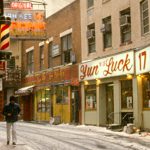
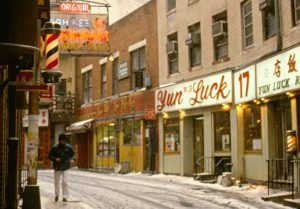



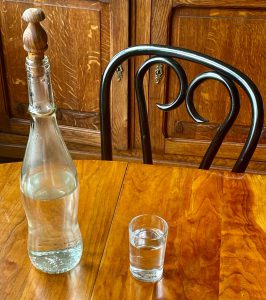





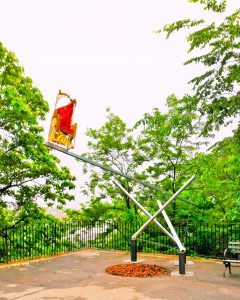
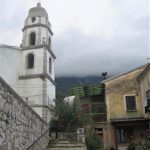

 Every meal we had in Italy was excellent but that two-hour lunch at Si Ma Quant Sit? was the best. And we found it by lucky accident.
Every meal we had in Italy was excellent but that two-hour lunch at Si Ma Quant Sit? was the best. And we found it by lucky accident.